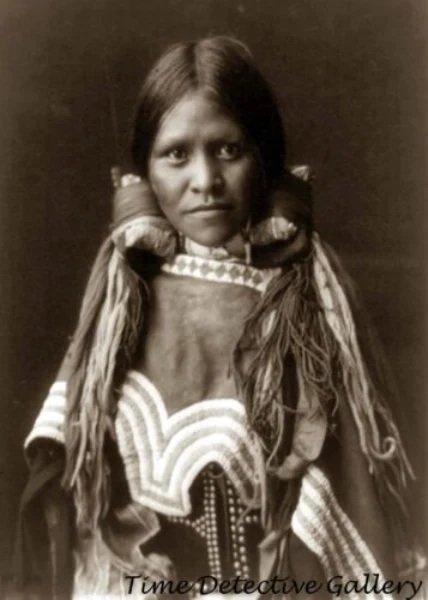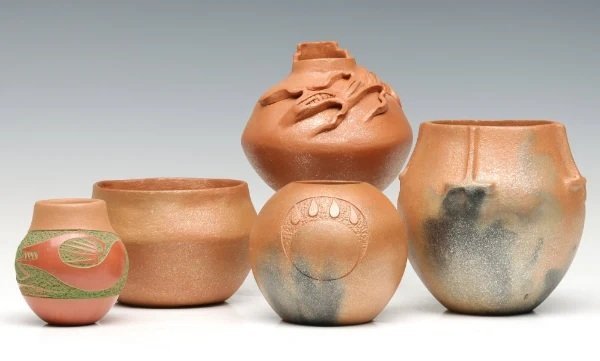Carson National Forest, Rio Arriba County
Current Population: 2,755
Language: Jicarilla Apache Eastern Apache (Abáachi mizaa)
Early Societal Structure: Seminomadic, Matrilocal, Matriarchal extended family (formerly Bands)
Location: 879,917 acres in Rio Arriba & Sandoval Counties
Pre-Contact Territory: Quarai Pueblo, Torrance County & Isleta Pueblo, Bernalillo County

Click to expand
Traditional Homelands

Culture
The Jicarilla Apache people are known for their traditional beadwork, basketry and micaceous clay pottery. They would travel seasonally, hunting and gathering food. They learned farming from Taos and Picuris and so would farm along river beds.
The Jicarilla believed Hascin, their chief deity, was responsible for the creation of Ancestral Man and Ancestral Woman and also for the creation of the animals and the sun and moon.
The Apache are linked to the Dismal River culture of the western Plains. Jicarilla Apache pottery has also been found in some of the Dismal River complex sites. Some of the people of the Dismal River culture joined the Kiowa Apache in the Black Hills of South Dakota. Due to pressure from the Comanche from the west and Pawnee and French from the east, the Kiowa and remaining people of Dismal River culture migrated south, where they later joined the Lipan Apache and Jicarilla Apache nations.
Forced Cultural Change
The expansion of Hispanic and American settlements rendered the Jicarilla's traditional way of life impossible, and in response they began to raid White wagon trains and settlements. In 1854 the government of New Mexico declared war on the Jicarilla and the following year forced them to sign a peace treaty providing for their removal to a reservation. The plan for the Jicarilla reservation did not materialize until 1887. When it did, the system of individual land allotments intended to transform the people into farmers failed owing to the unfavorable climate and terrain of the reservation site, which led to social dislocation and dependence on government welfare. After the turn of the century the federal government added new lands to the reservation in an unsuccessful attempt to promote livestock raising. At this time living conditions on the reservation reached their low point, with wide-spread unemployment, poverty, malnutrition, and disease. Finally, in the 1920s the federal government succeeded in introducing sheep raising, and conditions on the reservation improved.
Modern Jicarilla
The Jicarilla. Apache Tribe is the second largest mineral owner in the San Juan basin (the first being the United States.).
The Jicarilla Apache Nation is a member of the Ten Tribes Partnership (along with the Navajo Nation), a coalition formed in 1992 to increase the involvement of tribes in the management of the Colorado River. "Water to the Jicarilla has never been just a commodity or a necessity of life, but a sacred element that requires respect, reverential treatment, and efficient use, and is used symbolically in all religious ceremonies and rituals.”









